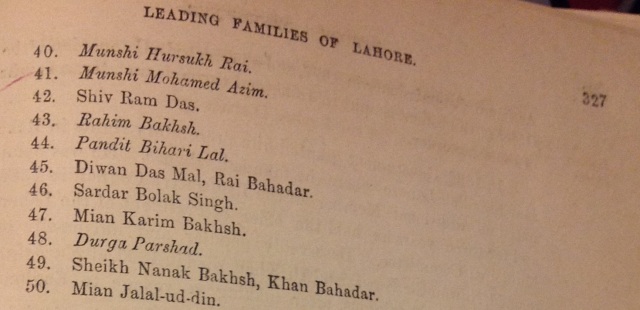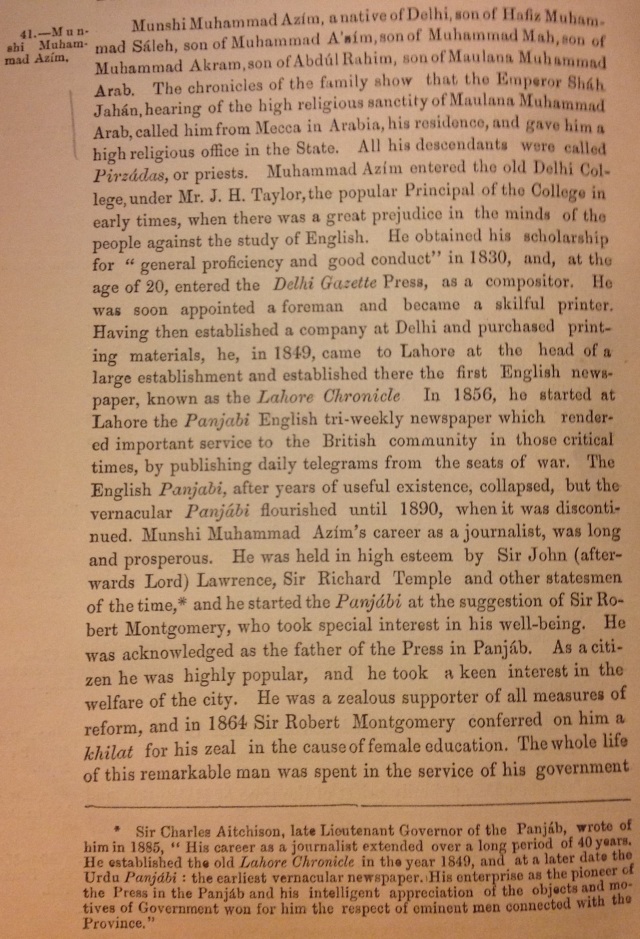Soon after the cricket World Cup of 1992, I met Imran Khan in my college: he asked me to write, and publish essays, creating awareness about the disease; as well as the campaign he was running, to collect funds for the first ever cancer hospital of the country.

Twenty years on, as we celebrate the opening of the second Shaukat Khanum Hospital in Peshawar, I look back and reproduce below the essay I wrote in June 1992!
This is my tribute to the Pakistanis’ spirit of giving, and the determination of the founder Imran Khan, and his team:
Blood relations are deep rooted and indestructible. They induce emotional strength in an individual bringing balance to our lives.
Losing a beloved- especially due to a painful disease- brings a sense of deprivation, which is unfathomable!
Mother is a relation we feel proud of, and is our most precious possession!
When somebody loses a loved one due to lack of health facilities in one’s country, and medical services of another country are too late to save the life… – Has been the story of our country!
Humans being mortals, have to leave this world for the eternal abode… But leaving the world due to a fatal illness… Something for which everything was within grasp, and yet it was too late!
The aim of my prologue was to bring forth the pain, sorrow, the struggle and the story of the overcoming of all these emotions ; by the one person known to us all as the “King Khan”!
Today, this indisputable King of cricket is fighting tooth and nail to rid himself of the insomnia, he is suffering from for the last seven years! To get rid of the sense of deprivation he has after losing his mother to this deadly disease.
He said this himself:
“I had always been very close to my mother, and had I not been playing cricket, this would have been more difficult time for me.”
Someone asked him why he wanted to establish a memorial for his mother. People make monuments to commemorate their beloveds like the Taj Mahal.
Speaking with a heavy heart he replied: “it was during my mother’s illness that I came to know about the almost non existent facilities of the diagnosis and treatment of cancer”.
First, the lack of facilities, and secondly the helplessness and meagre resources of the poor, compelled him to plan such a hospital in the country.
The suffering of the patients and the agony of their relatives was the main factor that convinced him to bring to reality what so many wished for. To end the nightmares of millions!
For four years, he was indecisive. But God helps those who are determined!
The tragedy shook him and awakened his conscience to make an effort to save millions of lives!
Today, we need to stand up and tell him he is not alone in his fight. We must lend him a helping hand.
Let’s all help Imran Khan- by joining his team- to bowl out cancer!
Originally written on 7th June 1992.
















































